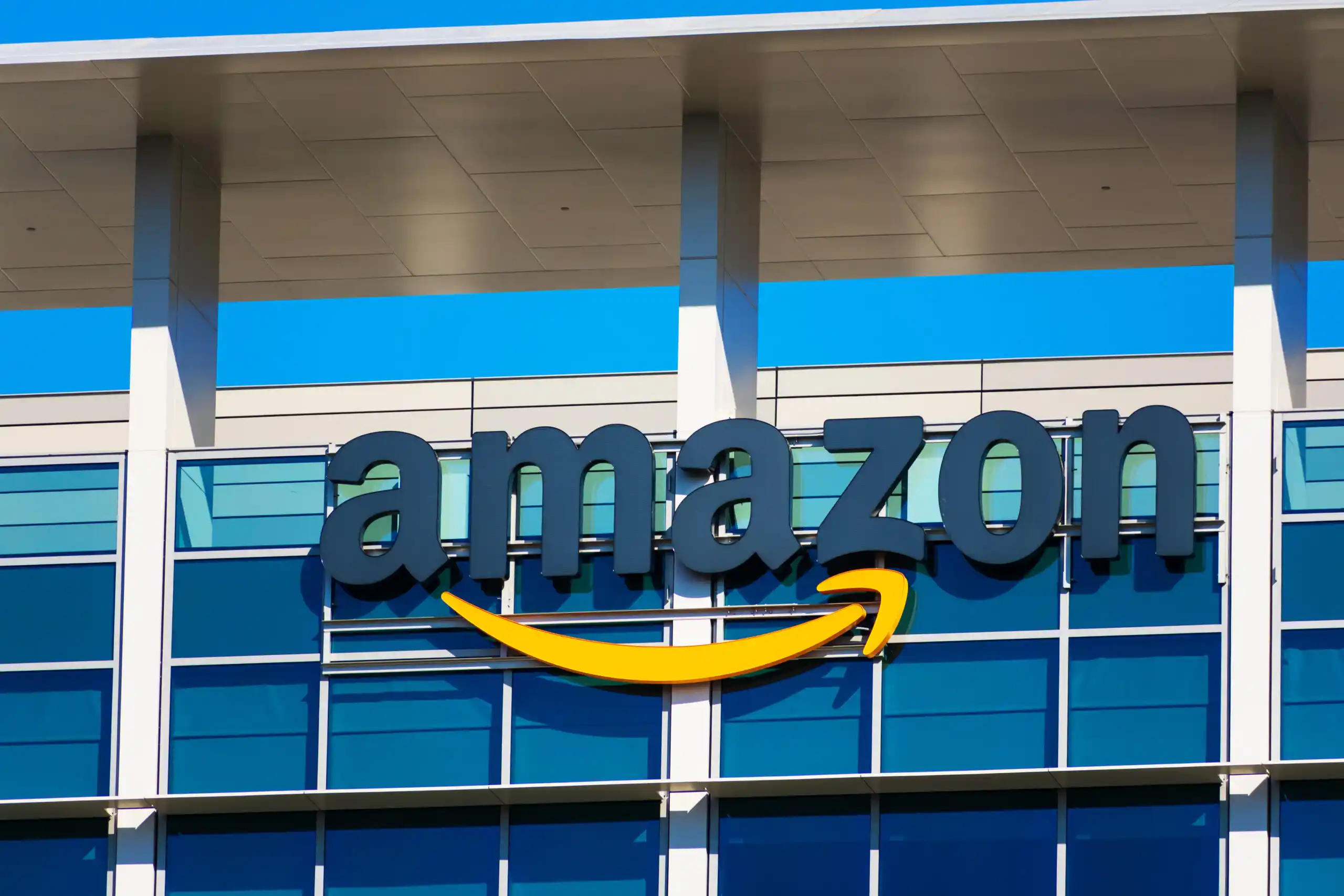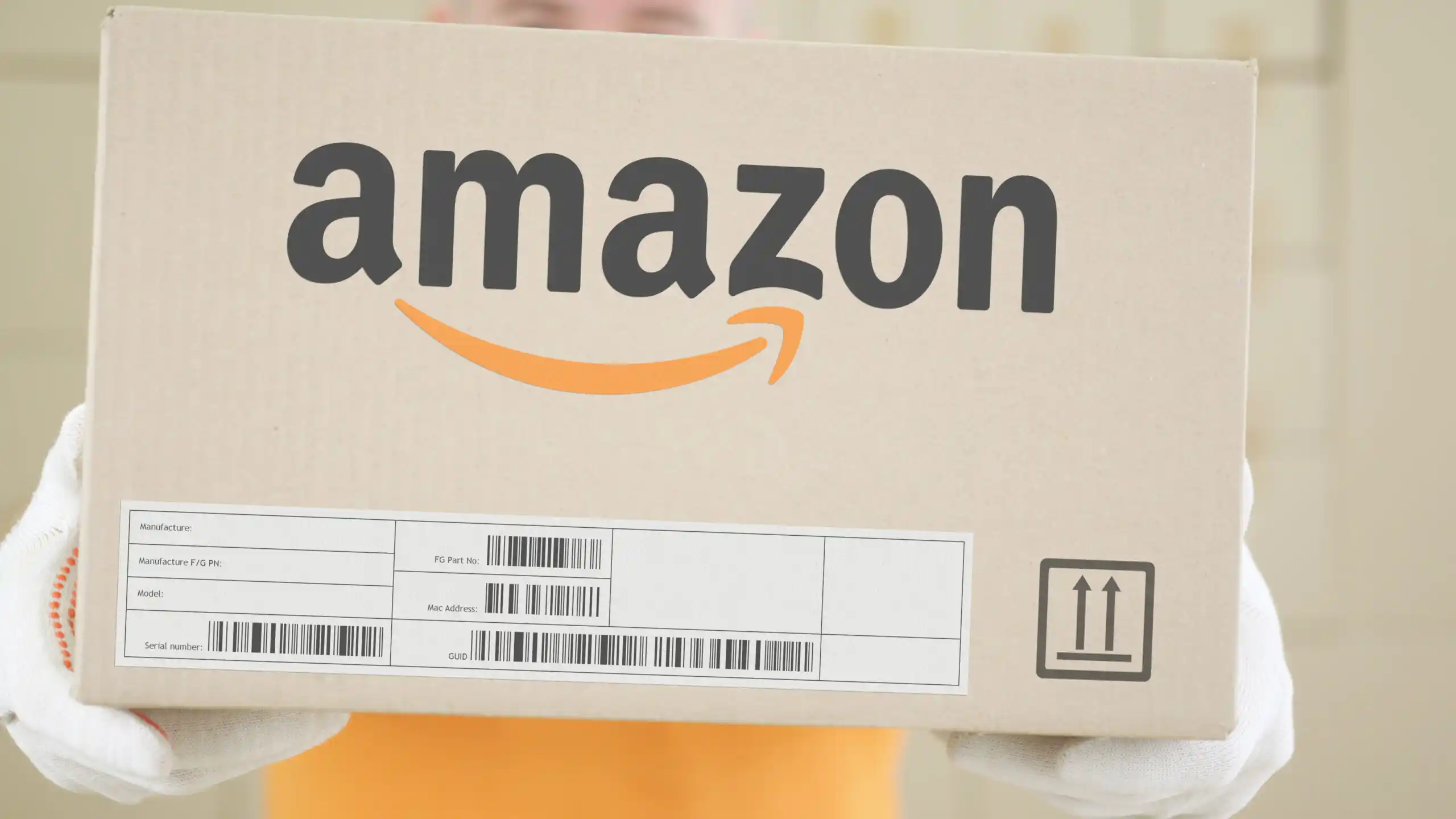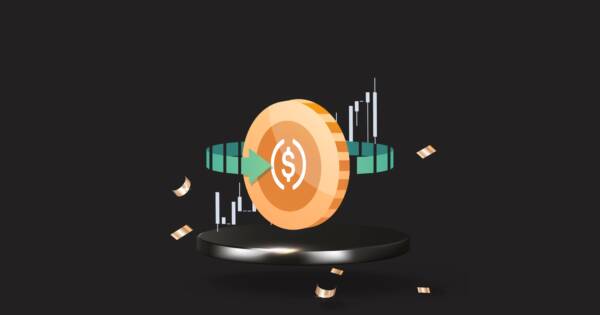Online retailer Amazon is one of the biggest and best-known companies in the world today. Its popularity (and value) has only grown during the pandemic, as people all over the world were literally forced to shop online when retail stores were closed. Founded outside Seattle, Washington in 1994 as an online retailer of books, Amazon today sells more than $100 billion of goods every quarter. These days, you can buy pretty much anything and everything with your Amazon account. As such, their stock price has surged up drastically in the past few years. In this article, we’ll talk about how to buy Amazon stock for yourself (and everything else you should consider before you invest in the company).
The Stock Is Expensive
The first thing to know is that Amazon stock is expensive. Like, really expensive. One share of Amazon stock currently costs roughly $3,600 USD, as of the publication of this article. That’s a lot of money, especially when compared to rival online retailer eBay, whose stock costs $70 for one share. Even Tesla, another hot stock in recent years, sells for around $650 per share. If you want to buy multiple shares of Amazon, you better have a large chunk of cash on hand (or consider fractional shares).
The high price of Amazon stock reflects the massive size of the company, as well as its overall success and popularity. As the company has grown and become more popular, its stock price has skyrocketed. Five years ago, you could buy one share of Amazon stock for $745. That’s still expensive, but less than a quarter of the cost today. Then again, what will the value be in five more years?
Massive Returns
Amazon first listed shares on the NASDAQ exchange in 1997. At that time, investors could buy the stock for $1.73. Since then, the share price has grown over 200,000% to its current level. No, that’s not a typo — two-hundred thousand percent! That’s a massive return in less than 25 years.
Investors who put $100 into Amazon stock after its initial public offering in 1997 would have close to $150,000 today. Now that’s a good retirement plan. As the company has become more successful over the years, it has enriched its shareholders many times over. Can Amazon continue to provide these massive returns for investors in the long run? No one can predict the future, but they certainly have a good track record so far.
No Stock Split?
When a company’s share price gets too high, they will often split it. This is done to lower the price-per-share and make it more affordable for investors. For example, Apple performed a four-to-one stock split in 2020. For every single share that investors owned, they received four new shares (at 25% of the value). No one loses value in a stock split, but hopefully the lower price attracts new investors.
Amazon undertook three successive stock splits in short order between 1998 and 1999. However, the company has not split its stock for more than 20 years now. They have refused to enact another stock split despite its sky-high share price — and repeated calls to do so. Investors shouldn’t wait around for the stock to split anytime soon.
No Dividend
A dividend is a regular payment made to shareholders on a quarterly or annual basis. Many publicly traded companies reward their shareholders by taking a portion of their profits and paying them out to investors in the form of dividend payments. For example, a company may offer $2 per share paid to investors once a year (or $0.50 a share paid every quarter), based on continued growth and performance.
Many investors rely on dividend payments as a form of income in retirement. However, any investor interested in dividend payments should look elsewhere, since Amazon does not pay any dividend. Rather the company says it reinvests its profits into its business, further strengthening its operations and boosting its share price. That’s how the company says it rewards shareholders — by finding ways to keep driving up the value of your stock.
 Shutterstock
ShutterstockCongressional Scrutiny
As Amazon has grown ever bigger and come to dominate the online retail sector, it has drawn increasing scrutiny from lawmakers in Washington, D.C.. Some politicians now accuse the company of holding a monopoly position. They have even threatened to break-up the company, similar to what happened to Microsoft in 2001.
Potential investors should be aware of this congressional scrutiny. It will certainly impact Amazon’s share price and could hurt any investment returns. Amazon CEO Jeff Bezos has been called to appear before Congressional committees multiple times over the past year, along with the leaders of other technology companies such as Apple and Facebook.
Change Of Leadership
Another important thing for investors to be aware of is that Bezos, who grew the company from a book retailer into the juggernaut it is today, has just stepped down from his leadership position. While he’s not leaving the company completely, he will no longer oversee the day-to-day operations of Amazon.
Bezos, who is now the world’s richest person with a net worth of more than $200 billion, has just been replaced as Amazon CEO by businessman and long-time Amazon executive Andrew Jassy. The new CEO previously led the Amazon Web Services (AWS) business and has a degree from Harvard. Can Jassy take Amazon to new heights? Only time will tell.
Other Businesses
Amazon isn’t just an online store that sells books anymore. As you’re probably aware, you can buy just about anything on the site these days. Beyond that business model, Amazon has diversified their revenue streams even further. You may actually be surprised to find out that Amazon owns a score of other businesses that have nothing to do with online shopping.
Amazon owns Whole Foods, a major North American grocery chain. They also own and operate Amazon Prime, an online streaming service that rivals Netflix or Disney+. There’s also cloud computing and web storage (the previous mentioned AWS) for commercial solutions. They also make and sell a line of smart speakers, which are commonly referred to as Alexa — the name of the virtual assistant they come with. While the online retail part of Amazon remains their biggest and most profitable operating unit, it’s only one of Amazon’s diverse revenue streams.
 Shutterstock
ShutterstockNew Technologies
Along with its diversified businesses, Amazon is also experimenting with a number of cutting-edge technologies, from delivery drones to self-driving cars. The company prides itself on being a leader in the technology space. Who knows what cool thing Amazon will debut next?
However, not all of Amazon’s new technologies and products are a success. They actually released one of the biggest product bombs ever with its now infamous Amazon Fire smartphone, which was released in 2014. The smartphone proved so unpopular that the company hasn’t re-entered the smartphone market since.
Stock Widely Available
Amazon stock is one of the most widely held in the world, with more than 500 million shares outstanding. This means that the stock is very liquid and easy to both buy and sell. Investors can buy the stock under the ticker symbol “AMZN” through most online or retail brokerages.
The company rarely buys back its own stock, which is a tactic used to reduce the numbers of shares outstanding and make the stock more valuable. That means there is always a readily available supply of Amazon stock for investors to purchase. If they can afford it, of course.
Targeted By Activist Investors
Because of its size, influence, and brand recognition, Amazon is frequently targeted by activist shareholders. They often put forward proposals aimed at changing the company’s governance and corporate structure. While it hardly ever works, it’s something that potential investors should be aware of.
Changes proposed by activist investors range from improving workplace safety and unionizing the company’s workforce, to enhancing environmental sustainability and decreasing the company’s lobbying activities in Washington. Amazon generally treats these types of proposals as a nuisance. They are almost always voted down in the end.
The Bottom Line
Amazon is clearly a good stock to buy and hold over the long-term (if history is any indication). While Amazon shares are expensive and might not provide certain things that investors are looking for (dividend payments or buybacks), there’s no arguing that the stock has showed impressive returns over the years.
Having provided gains of more than 200,000% since its IPO in 1997, Amazon stock is one of the best performing stocks of all-time. While no one can predict the future of the stock market, it would currently be hard to bet against Amazon continuing their impressive rise. Anyone looking for a reliable stock to add to their portfolio that will continue to produce profits for years to come should consider investing in Amazon. The steep entry price could very well end up worth it in the end.
 Shutterstock
Shutterstock







